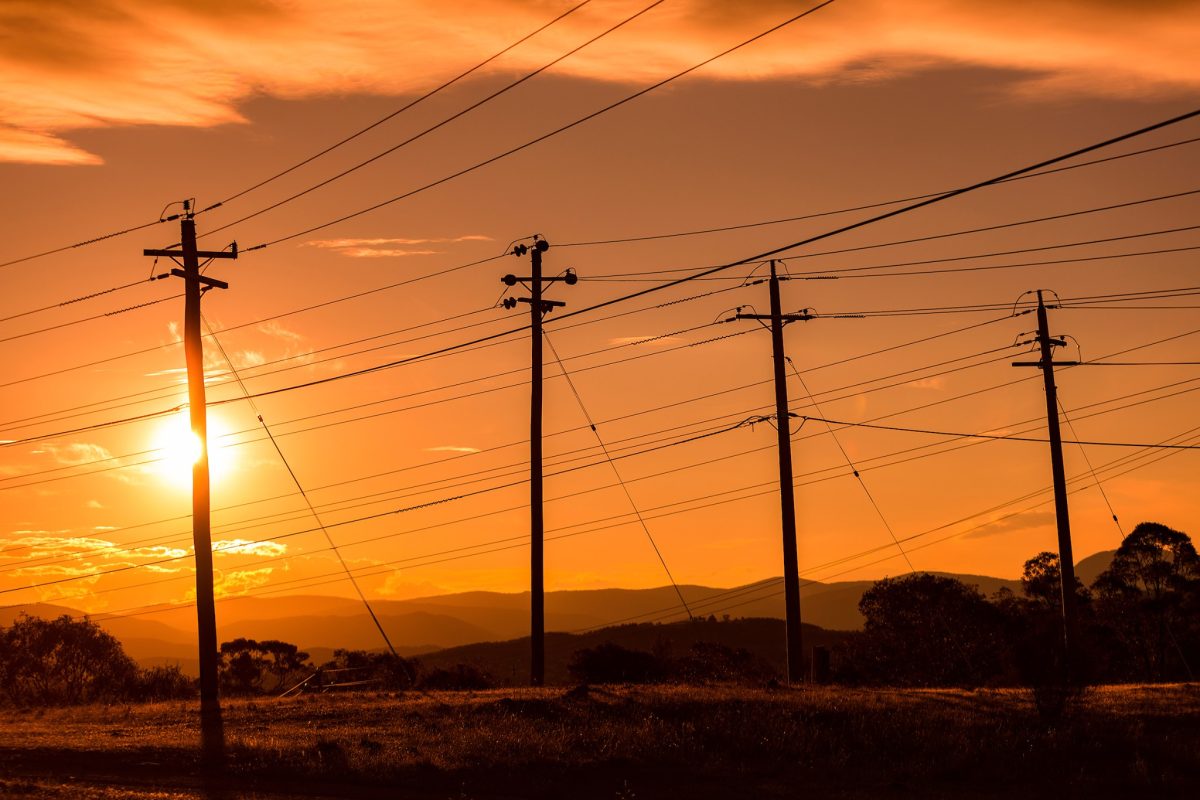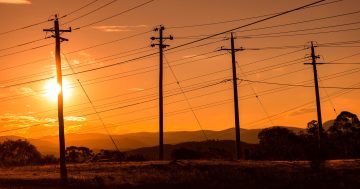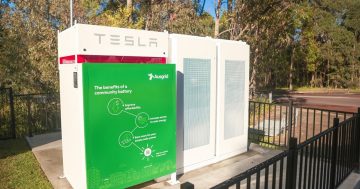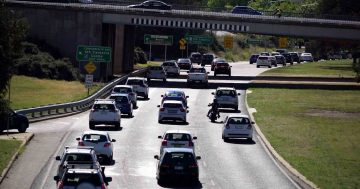
The ACT has largely been protected from electricity bill increases seen elsewhere in the country. Photo: EvoEnergy.
Electricity bills will increase across the ACT as ActewAGL’s regulated tariffs (standing offer) rise by an average of 10.11 per cent (or 7.05 per cent excluding inflation) from 1 July.
This means Canberrans on default energy plans will see a maximum average annual bill increase of $214 (for an average residential customer consuming 6500 kWh of electricity per year).
The average non-residential customer (consuming 25,000 kWh) will have $825 added to their annual bill.
The ACT’s economic regulator stated there were three main reasons for the increase.
“The price increase for 2025-26 is mainly driven by the increase in wholesale electricity costs, network costs and the ACT Government’s large-scale feed-in tariff (LFiT) scheme costs,” senior commissioner Joe Dimasi said.

Estimated annual bill changes for different types of residential customers, 2025-26. Photo: ICRC.
One large contributor to the increase is wholesale energy purchase costs, which went up by 9.24 per cent.
The report noted these increases were due to high gas prices, demand on the NSW wholesale electricity market (where the ACT sources its electricity), supply constraints caused by coal generators and network outages, and low renewable energy output.
The other is the LFiT scheme cost.
This increased from $2.61/MWh in 2024-25 to $16.11/MWh in 2025-26, contributing 4.93 percentage points to the price rise.
The LFiT scheme is where the government sources renewable energy from generators in the ACT, NSW, Victoria and South Australia, paying a fixed contract price for the electricity they feed into the grid.
When wholesale market prices are below the agreed fixed price, a top-up payment is made to the generator to match the agreed contract price. This cost is then passed on to consumers.
Mr Dimasi said the ACT was still better off than most other parts of the country.
“Despite this significant increase in regulated electricity prices, bills for ACT customers on standing offers are expected to remain among the lowest in the country,” he said.
The report noted the median annual bill in the ACT would be lower than those faced by customers in NSW, Victoria, Queensland and South Australia, but slightly higher than Tasmania.
The regulated price increases only apply to ActewAGL’s standing offer tariffs (which is what you receive as a default if you don’t choose a market offer or negotiate a plan).
In February, the ACT Government made a reasonable cost determination of $48.4 million for 2025-26.
Region asked the government whether the LFiT scheme was still fit for purpose in protecting Canberrans from rising electricity costs.
An ACT Government spokesperson said Canberrans would continue to pay some of the lowest electricity fees in the country thanks to the scheme.
“This scheme has protected our community for more than a decade from the substantial ongoing price shocks experienced in other jurisdictions,” they said.
“Importantly, small businesses with an average consumption of 10,000 kWh will continue to pay less than almost all other jurisdictions for the same energy usage, as long as they remain on a standing offer.
“By contrast, just across the border in NSW, an average household could be paying almost $500, while a similar business could expect to pay over $1300 more compared to those in the ACT.”
The spokesperson said the government expected the overall cost shock would be less as the Federal Government was providing another $150 energy bill rebate from 1 July to 31 December.
“We expect the actual increase to be significantly reduced for households and businesses,” they said.
“The regulated price increase only applies to standing offer tariffs. Many customers may pay less by shopping around for better deals on market offers, and we encourage all Canberrans to do so.”
The ACT Government’s sustainable household scheme, accessed by more than 20,000 households, has also reduced ongoing energy costs for those residents.
Original Article published by Claire Fenwicke on Region Canberra.










